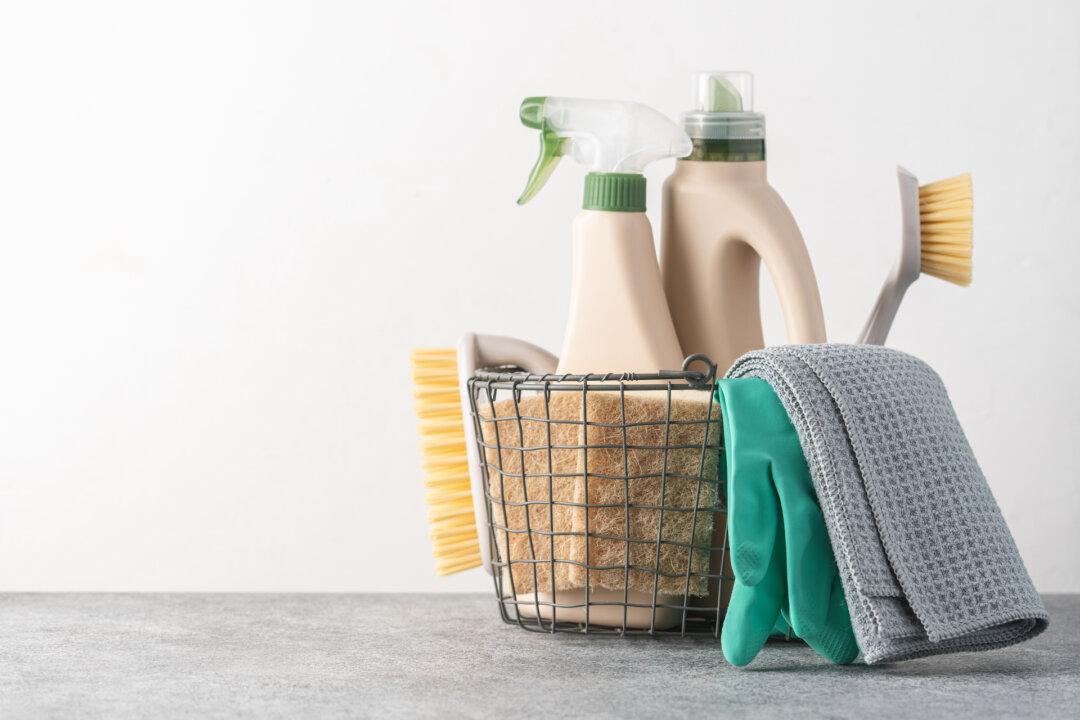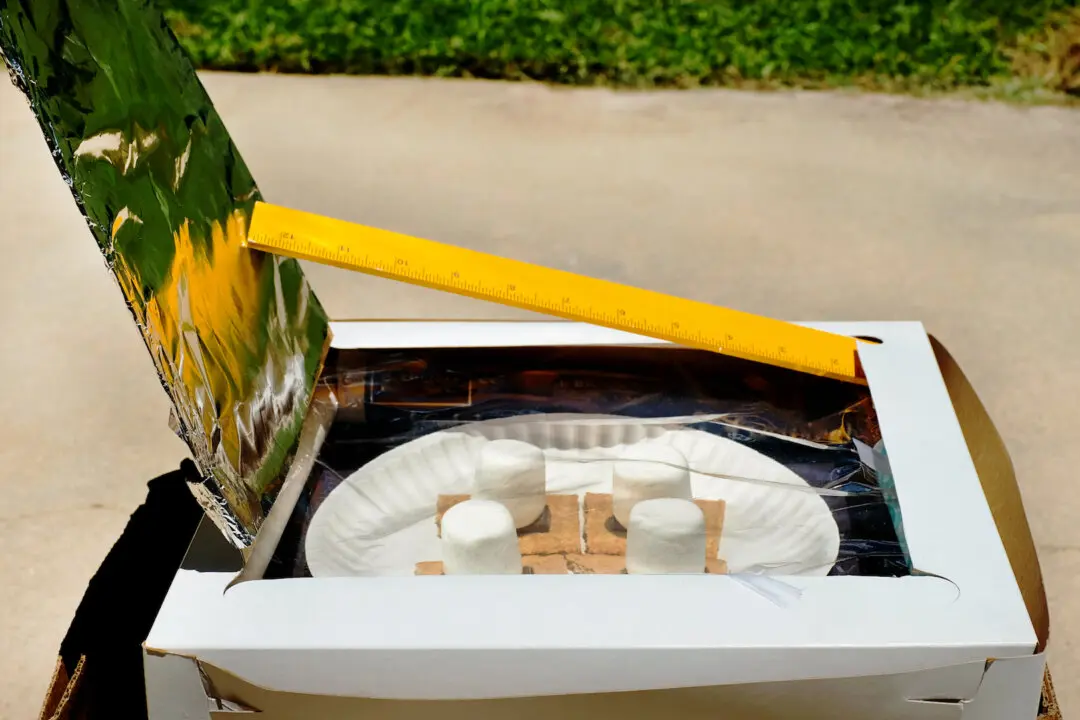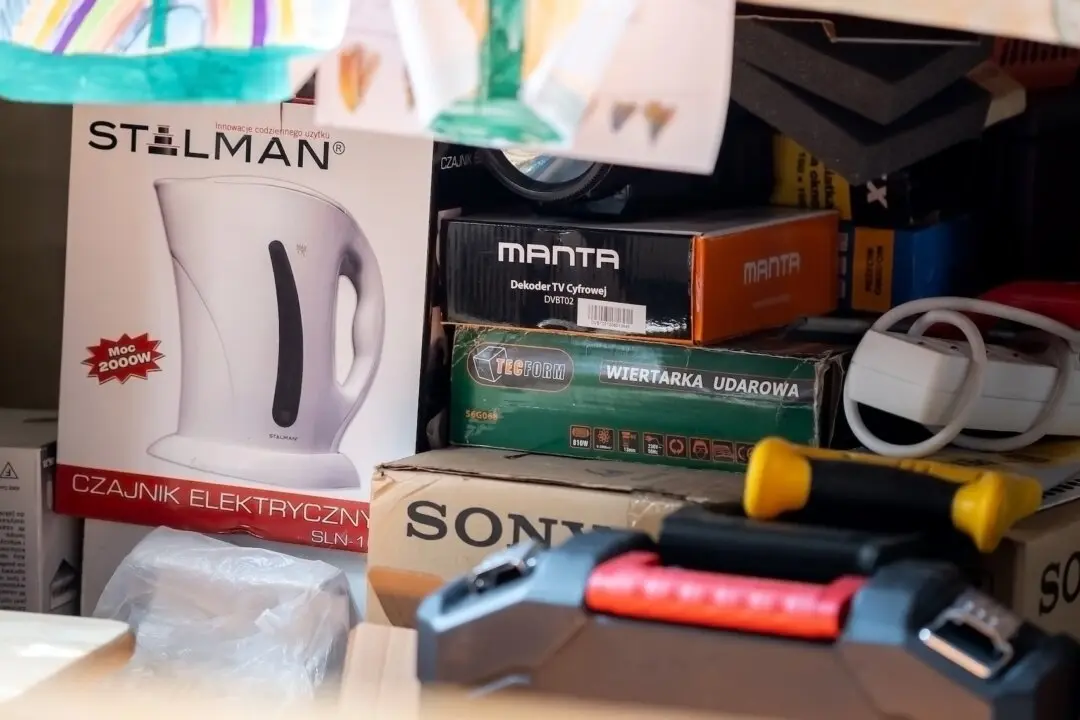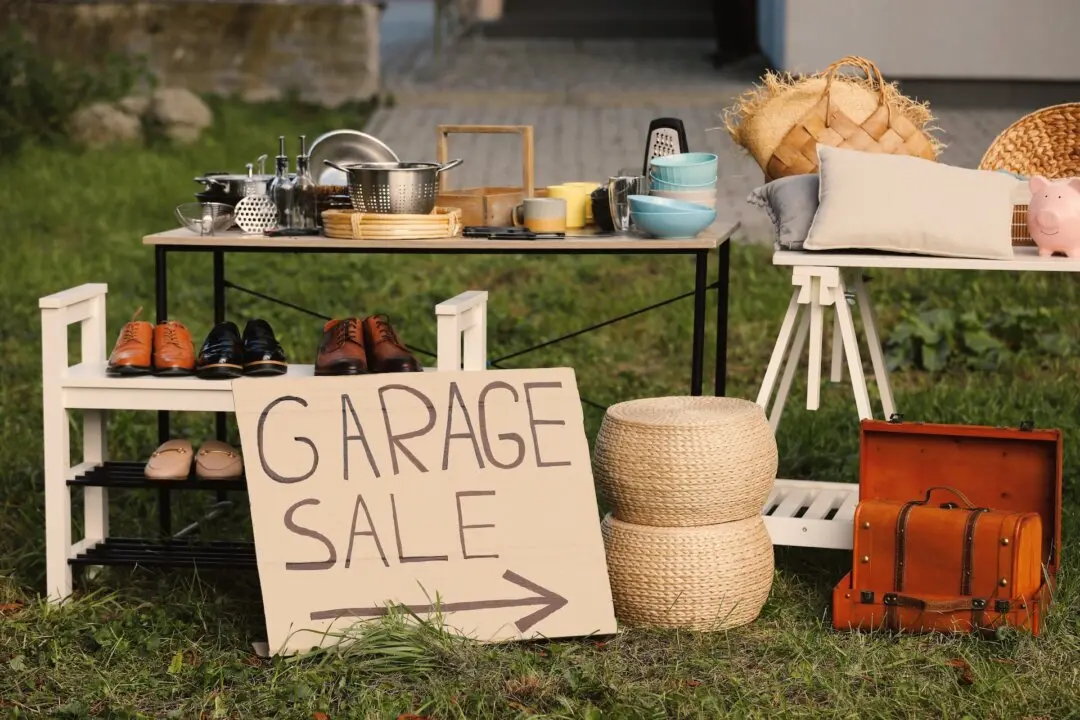Does this happen to you? You get so involved in doing something that you completely lose track of time? You’re shocked to look up and see it’s time to go home when it feels like you just got back from lunch. Or you sit down for a few minutes to start a new book and suddenly you’re on Chapter 21?
Happens to me when I open my email inbox. I can blow through four hours without ever looking up.





